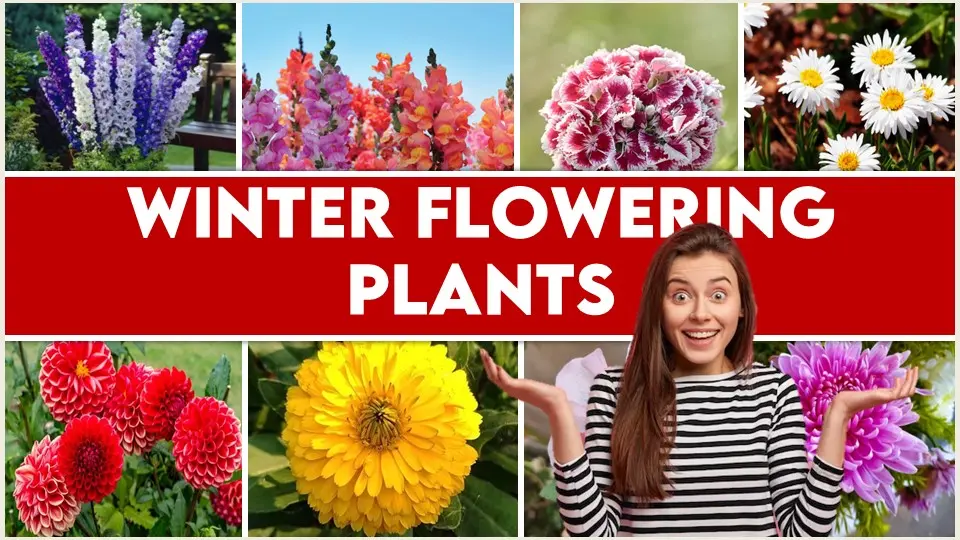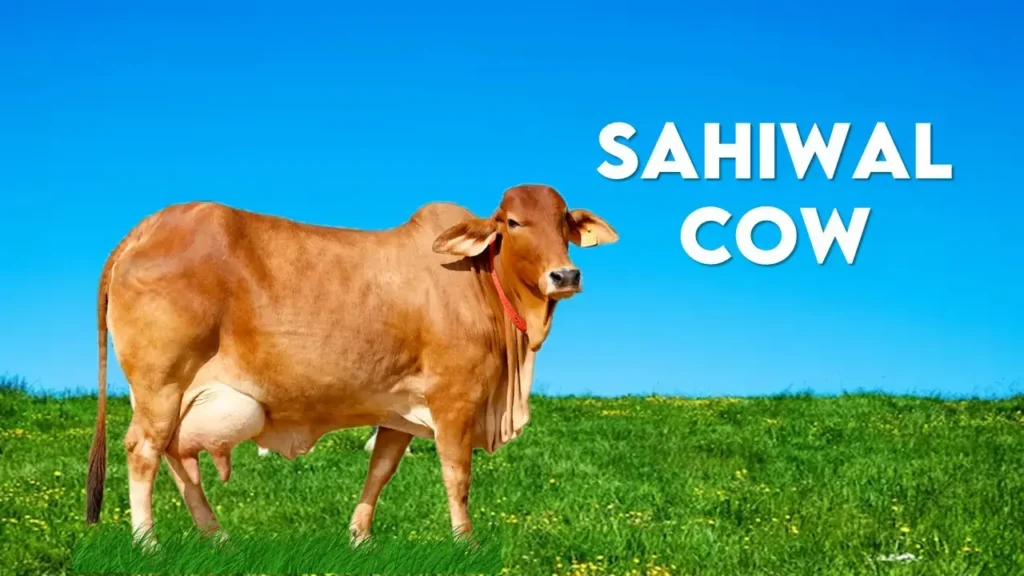Ever tried imagining a non floral winter ? Please do it at your own risk. In the thick of winter chill when you crave the apricity, these winter blooms enriching nature’s palate become the soothe you search year long. The redolent ambience, the fluctuating graph of scent when you stroll down the jazzy lawns and that invisible splash of the crisp winter air carve a memory you would cherish until next time. Why the mania of winter flowering plants in India? From witnessing lovers’ promises, ringing wedding bells to hugging the decorations, these flowers have been the emotions of winter.
15 Types of Winter Flowering Plants in India
1. Marigold
Tagetes erecta Also called “Genda phool”, usually 2 varieties- French Marigold and African Marigold are cultivated during winter. It covers the area of its presence with red, orange and yellow hues. French Marigolds are smaller in size than African marigolds, have more shade variation in the form of strikes, petal color and have a major petal portion as mahogany red. Whereas African ones are more yellow to orange. They seek sunlight,at least for 6-8 hours, it’s best to keep them between a temperature of 18-20°C, as these are frost intolerant and high temperature hinders their growth as well. French marigolds have a height of 0.4-0.9 ft. whereas African marigolds go upto 1-3 ft. tall. It has a subtle green herb-like floral with a dash of bitter & citrusy fragrance. Its seeds are preserved for the next season from the dried flowers and then can be sown in the next season through directly placing the seeds in soil or it may be transplanted later on from the nursery.

2. Zinnia
Scientific name :- Zinnia elegans. Zinnia is a chromatic blessing for nature and exists in many exquisite colors making it an excellent attractant for pollinators. It comes as single (one row of petals with prominent center), double (multiple rows of petals with center not visible) and semi double (multiple rows and visible center). 15-29°C is the best temperature range it can thrive in. It can go upto 0.5-4 ft. tall. It offers a multitude of colors but doesn’t have any specific fragrance.
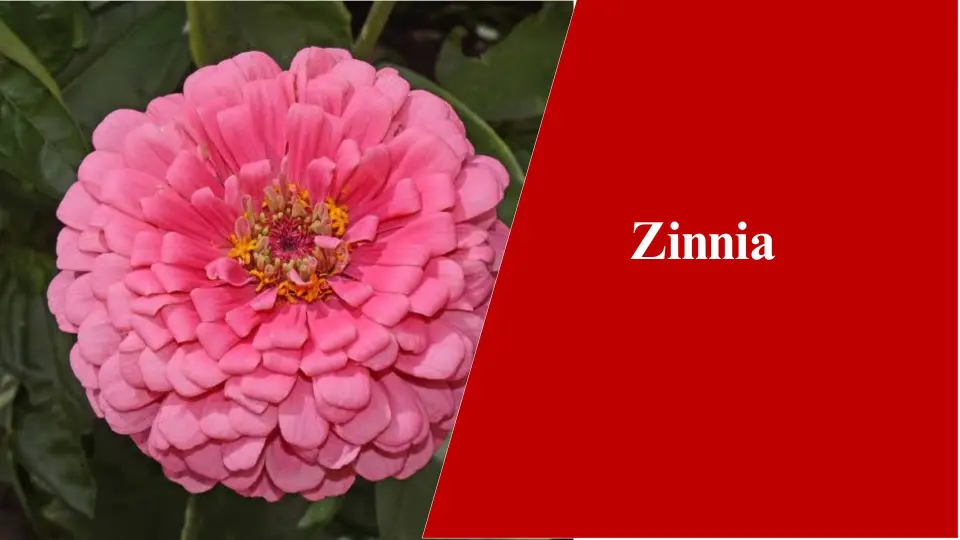
3. Snapdragon
Scientific name:- Antirrhinum majus. It is called Snapdragon & Dog flower because of its resemblance to a dragon or dog face when snapped holding its petals laterally. Snapdragon comes in vivid colors with flowers having continuous lengthy arrangement i.e, they grow along the spike and have a great scent. 18-24°C is their survival temperature range. It grows 18-24 inches in height. They require sunlight but make sure it shouldn’t be intense. Its flowers, other than ornamental purpose, have been used as medicinal components due to their anti-inflammatory properties.

4. Sweet William
Scientific name :- Dianthus barbatus. This flower appears in clusters of different colors, some have solid colors whereas some are striked in the center. Height goes up to 1-2 ft. and temperature requirement is 21-24° C during the day. These winter flowering plants in India love to be in full sun to show their best blooms and well drained soils are required. These can be used as cut flowers as well, have a musky smell and used in perfumery. Other than decorating your gardens, these are also used for decorating your dishes as well.
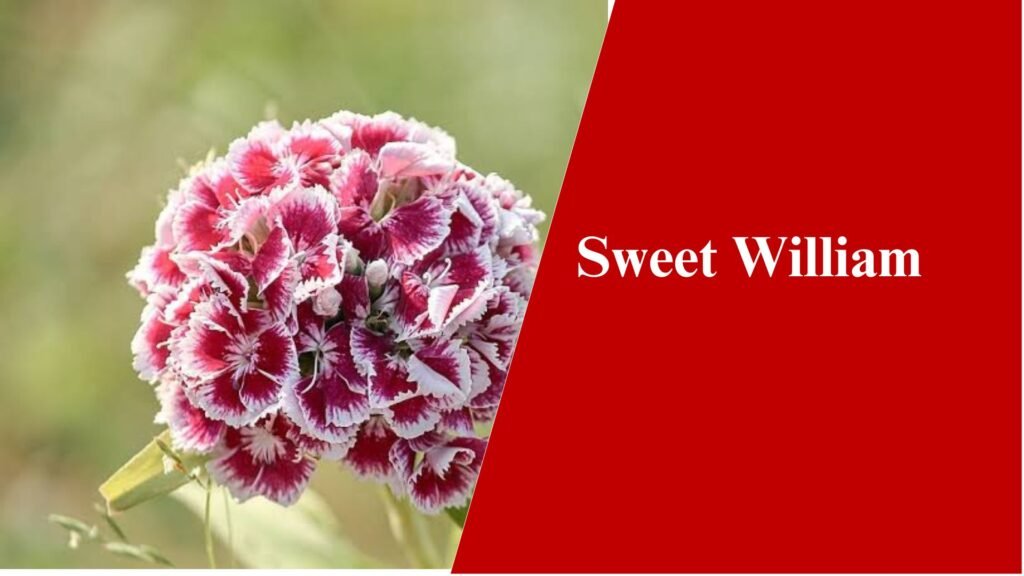
5. Carnation
Scientific name :- Dianthus caryophyllus Have you noticed the periphery of sharpened pencil waste ? The petals of carnations also have the same fringed appearance and exist in multiple colors. The flower width is 2-3 inches and has double petal rows and grows up to 1-2.5 ft tall. It is named “Carnation” after the word “Carnis” which means flesh because of its fleshy pink color (although it comes in many other colors as well). Temperature requirement is 10-24° C. Carnation is used in health and beauty tonics as well because of its anti-inflammatory, nerve calming and other properties.
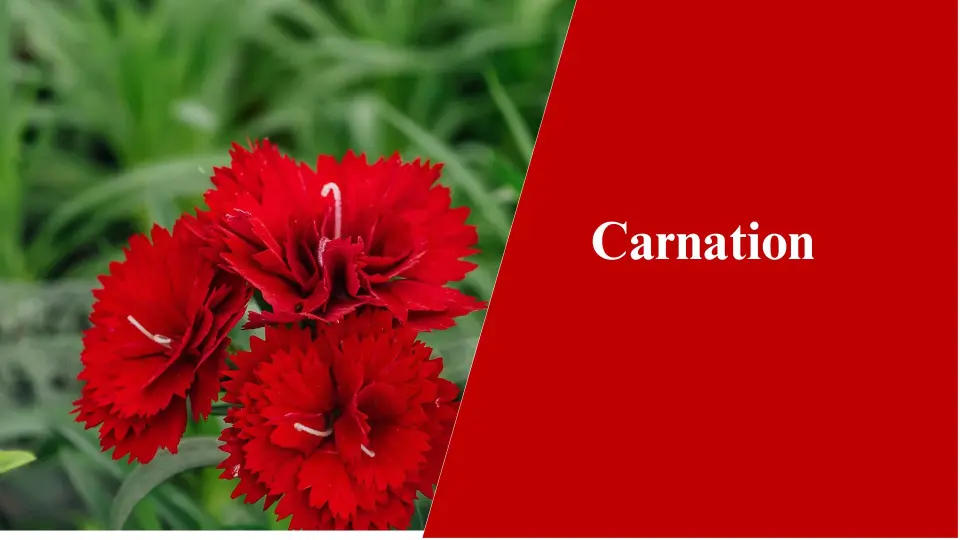
Also Read
6. Petunia
Scientific name :- Petunia ×atkinsiana . Petunia, a trumpet shaped winter flowering plants have both smooth and ruffled petals and if we talk about their color, then wide ranges are observed with a plain or striped pattern. Their height goes upto 1-1.5 ft with 2 inches diameter. 12-26°C is the temperature range they thrive in. Petunia are propagated through seeds and need a good moisture level but not waterlogged conditions. Their lively colors attract pollinators and are used for ornamental purposes in many small and large areas.
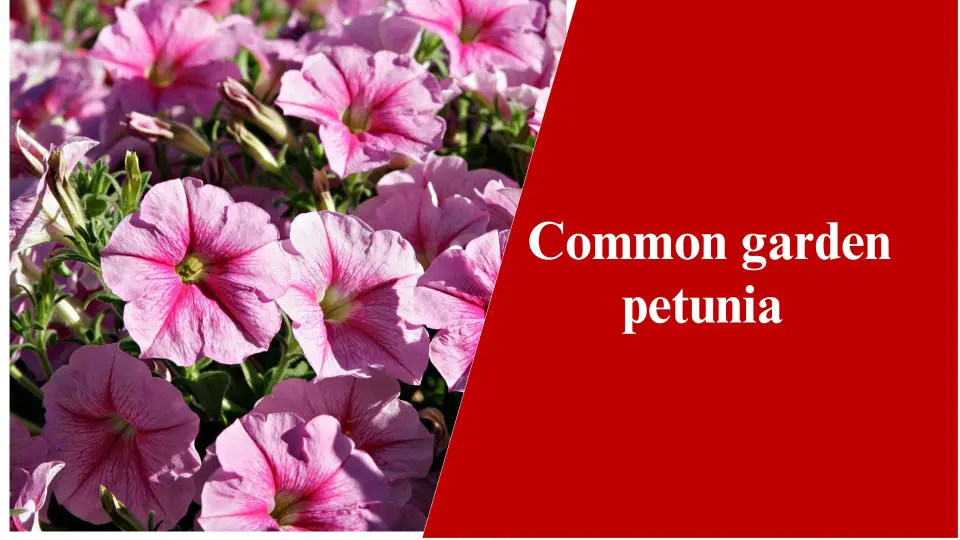
7. Hollyhock
Scientific name :- Alcea rosea. These are biennial plants that usually come in shades of pink, white and yellow, are cup shaped and borne straight along the stem which has a good height of around 4-9 ft. It’s usually seen in wedding decorations as a cut flower and has a vase life of 10-15 days. 10-30°C is the survival temperature range for Hollyhocks. These are believed to be holy flowers that guard against the negative energies around (might be a myth).

8. Pansy
Scientific name :- Viola × wittrockiana. These flowers have 5 petals and a velvet like texture. These are usually seen in yellow, violet and warm white or pink colors and rise upto 0.5-1 ft above the ground. They need a shield from warm weather and grow well in cool environments. 10-20°C is its temperature range. Its flowers are edible and contain Vitamin A and C which is why they’re used for culinary purposes as well.
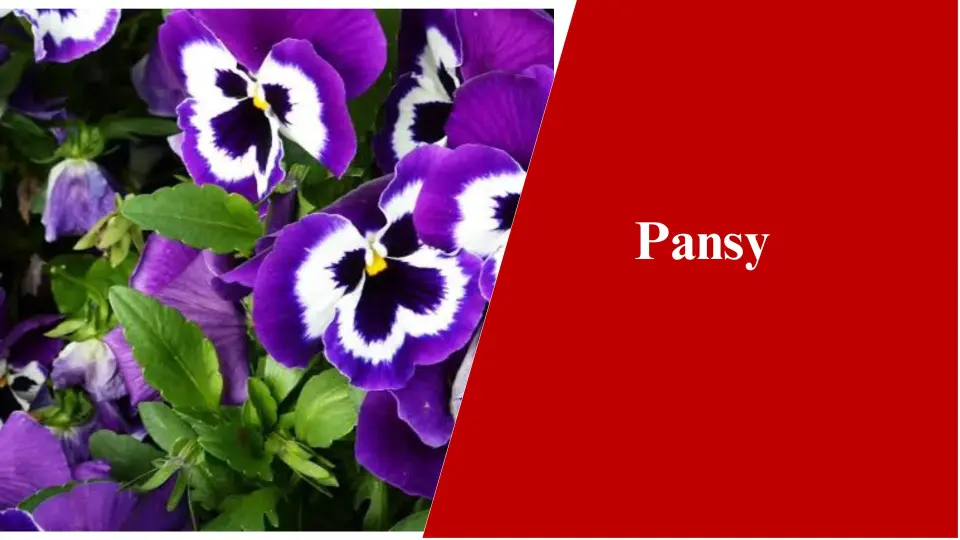
9. Dahlia
Scientific name:- Dahlia pinnata. Dahlias are amongst the most favorite flowers of professional as well as home gardeners. They are double or single rowed with a distinct center and long and heavy petals. This 3-5 ft. tall plant requires sunshine and drained soil. Its plantation is done through tubers which shouldn’t be watered immediately after planting to avoid rotting. Although big and beautiful, it isn’t wealthy in terms of its fragrance. These are used in landscape gardening, dye industry for their incredible color ranges, decorating food items etc.
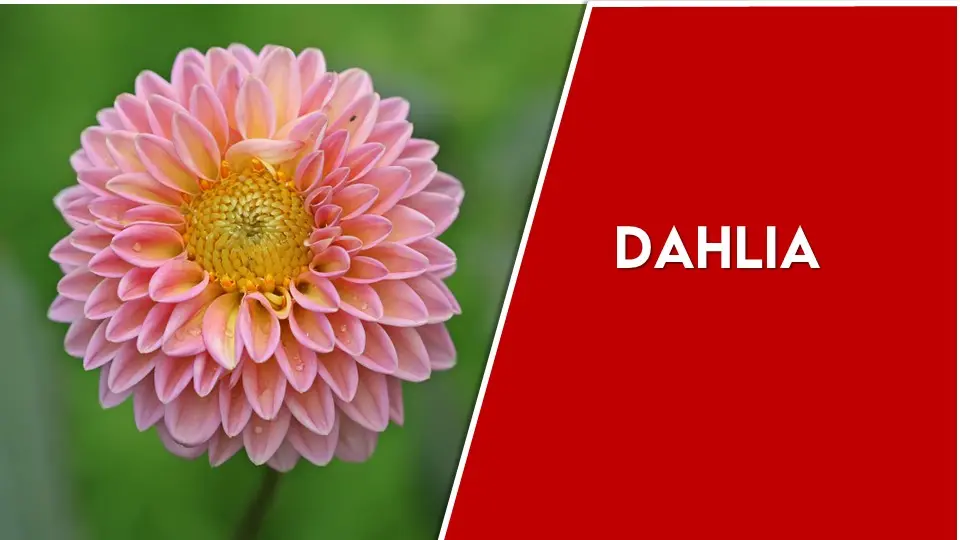
10. Chrysanthemum
Scientific name :- Dendranthema grandiflora. You must’ve heard of “Guldavari”, it’s the local Indian name for Chrysanthemum. These have a globular appearance, somewhere between flat to round and dense arrangement of petals. They’ve a diversity of sizes and colors. Their dense appearance and vibrant colors make them alluring for visitors as well as pollinators. They can reach upto a height of 1-4 ft and also called “Glory of the East”. Its oil has been used as an insect repellent, e.g mosquito repellent. Its uses have been positioned in improving heart health as well.
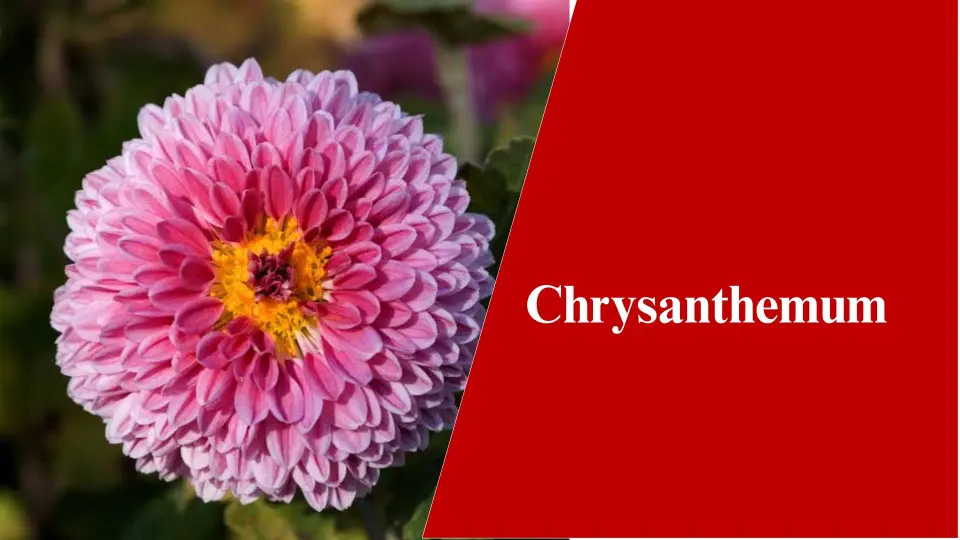
11. Ranunculus
Scientific name :-Ranunculus asiaticus. These beautiful flowers look like compressed roses with thin and colorful petals. These require a moist soil, cold climate and full to partial sunlight, 10-24°C is its temperature range. These winter flowering plants can be propagated either through seeds or bulbs and can go upto 30 cm in height, used for border plantation, pot plantation or mass plantation in fields.
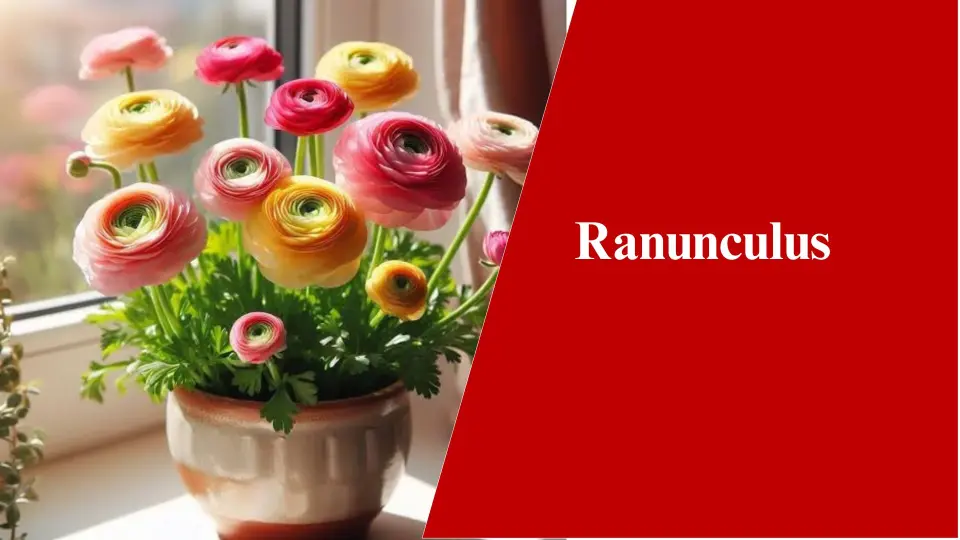
12. Aster
Scientific name :- Aster amellus. These flowers have single or multiple rows of petals with a yellow center and exude a variety of colors. It has long and narrow petals and looks too beautiful to be real. They can grow from 1-4 ft. and thermal conditions of 15-30°C and are propagated through seeds. Its blooms last longer than most of the winter flowering plants. It is used mainly for ornamental purposes, they don’t have any specific strong smell.
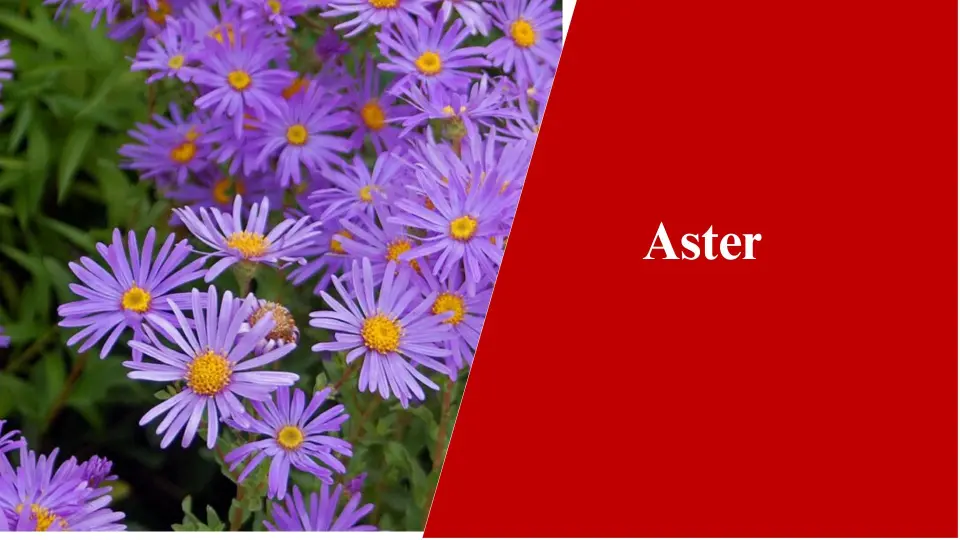
13. Iceland poppy
Scientific name:- Papaver nudicaule These do not have dense petals but dense yellow stamens between 4 delicate petals which form a good concave appearance and come in multiple chroma. Its plants are 1-2 ft. high and like full sun to partial shaded conditions. 16-20°C is the best temperature for poppies. Poppy is used for dye industry and color extraction for other purposes
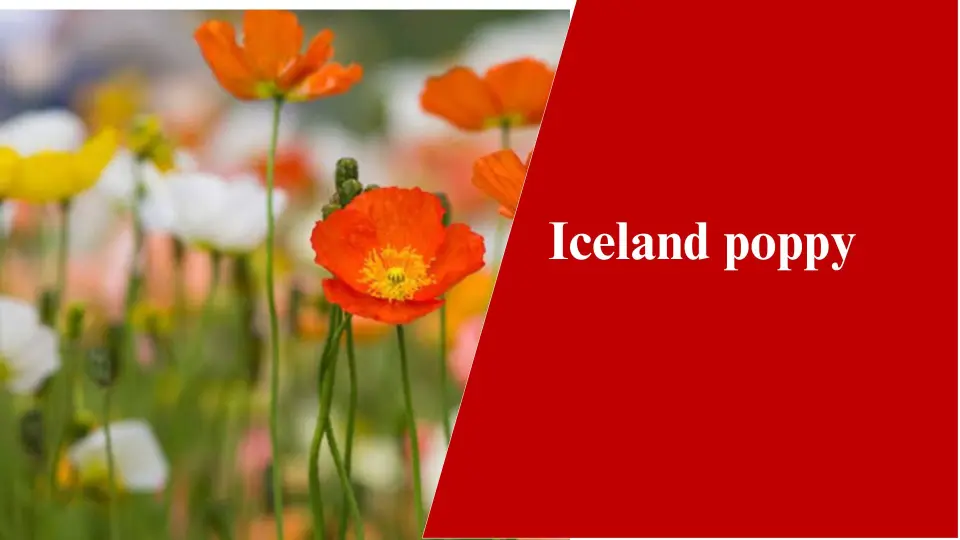
14. Salvia
Scientific name :- Salvia officinalis. Its flowers are tubular and are borne along the spikes with leaves beneath the lowest bloom. These look good when planted in masses. Their height goes upto 2-4 ft. The most commonly seen colors are violet, purple, blue, red, mauve. They need 6-8 hours of bright sunlight and 21-29°C is its thriving temperature range. It is said to be used for treating a few neural problems, skin, hair problems and mental healing sometimes.
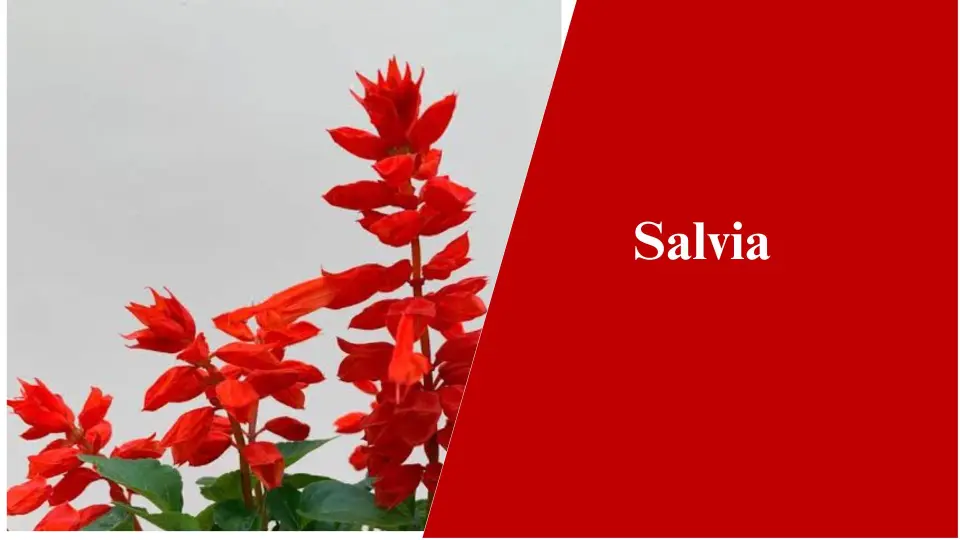
15. Larkspur
Scientific name :- Delphinium species. Here as well, the flowers grow on long stems which can grow upto 5-6 ft. and require temperature between 10-21°C. The wide color range of this flower makes it an eye catcher. These winter flowering plants look stunning but their genus “Delphinium” is toxic to humans and animals because of the presence of some alkaloids. It is used in making blue ink and medicinally are used as vasodilators and are diuretic as well.
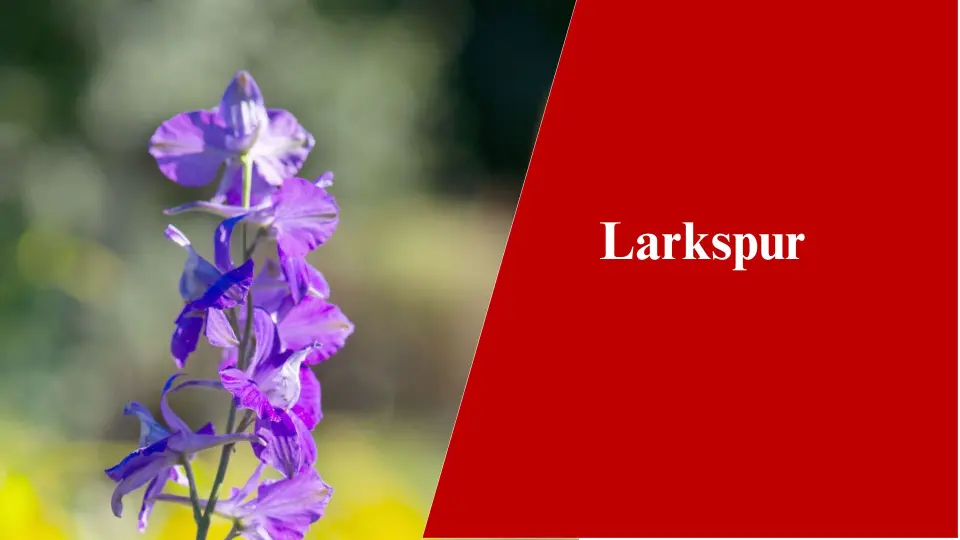
Also Read
Conclusion
Not only the aesthetics are balanced by the gloom resisting blooms but also many ailments of a heavy heart and wobbling health is taken care of by them. Production of winter flowers plants is the highest after China and the correct utilisation of climate has been a great help for the floriculturists. With attractive names and features, these are the best mates of anthophiles. Whether its your green broad garden or a terrace lawn winter flowering plants in India are always ready to pop up your space and what a relieve it is to bask under the winter sun with blossoms around !
Latest Post
- September Issue 2025- Times of Agriculture Magazine
- Top 15 Fertilizer Companies in the World
- Top 10 Vegetable Farming Profit Per Acre in India
- August 2025 : Times of Agriculture Magazine (AgriVoltaics Farming)
- Button Mushroom Farming: Infrastructure, Cultivation, and Profitability
- Sahiwal Cow: Characteristics, Milk per Day, Price and Origin
- July 2025 : Times of Agriculture Magazine
- June Issue (2025) – Times of Agriculture Magazine
- How to Create Modern Commercial Greenhouse Agriculture
- REACH NEW HEIGHTS WITH YOUR BUSINESS AT VIETSTOCK EXPO & FORUM 2025
- Revamping Waste: A wish list This World Environment Day
- Types of Banana in India : Health & wallet friendly fruit


